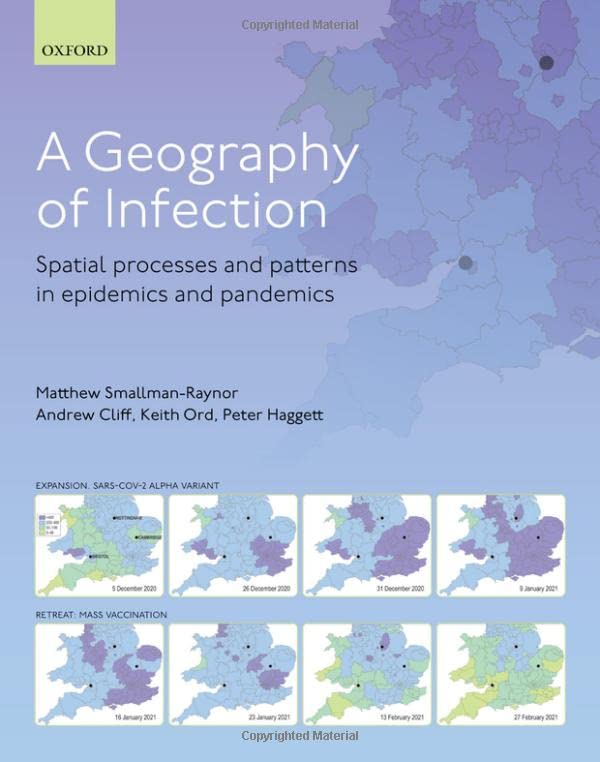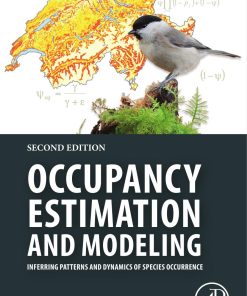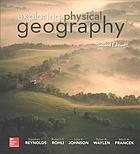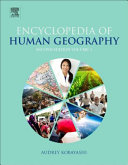A Geography of Infection: Spatial Processes and Patterns in Epidemics and Pandemics 2nd Edition Matthew R. Smallman-Raynor
$50.00 Original price was: $50.00.$25.00Current price is: $25.00.
A Geography of Infection: Spatial Processes and Patterns in Epidemics and Pandemics – Ebook Instant Download/Delivery ISBN(s): 9780192848390,0192848399
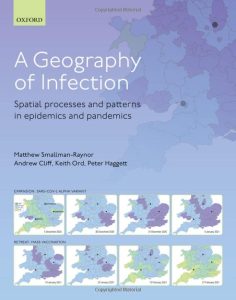
Product details:
- ISBN-10 : 0192848399
- ISBN-13 : 978-0192848390
- Author: Matthew R. Smallman-Raynor, Andrew D. Cliff, J. Keith Ord, Peter Haggett
The last half century has witnessed two landmark events in medical history. The 1970s saw euphoria about the defeat of one of humankind’s oldest disease scourges with the global eradication of smallpox. To set against this, the 2020s are experiencing the pandemic ravages of new viral diseases, of which COVID-19 is currently the most potent. But it is only the latest of a succession of threats. A Geography of Infection explores the distinctive spatial patterns and processes by which such infectious diseases spread from place to place and can grow from local and regional epidemics into global pandemics.
This resource focuses initially on the local scale of doctors’ practices and small islands where epidemic outbreaks are slight in the numbers infected and in geographical extent. Such local area studies raise two questions. First, how and where do epidemic diseases emerge and second, why do more diseases appear to be emerging now? To approach such questions implies a shift in spatial gear from painting epidemics with a fine-tipped local brush to an expanded palette on which doctors’ practices and small islands are replaced by regional and global populations. Simultaneously, time bands are extended backwards to the origins of civilization and forwards into the twenty-first century. It eventually leads to a consideration of global pandemics – both historical (for example, plague, cholera and influenza) and contemporary (HIV/AIDS and COVID-19) and examines the ways the spread of infection can be prevented. All chapters are extensively illustrated with full-colour diagrams and maps – some of which are in colour for the first time.
Table contents:
1. Epidemics as Diffusion Waves
1.1 Introduction
1.2 Building Blocks: Infection, Contagion, Disease
1.3 Nature of Epidemics
1.4 Epidemics in the Time Domain
1.5 Epidemics in the Space Domain, I: Mapping
1.6 Epidemics in the Space Domain, II: Models
1.7 Conclusion
2. Epidemics in Small Communities
2.1 Introduction
2.2 William Pickles of Wensleydale, 1913–63
2.3 Edgar Hope-Simpson and Peter Higgins in Cirencester, 1947–73: A Study of Influenza
2.4 Summary
2.5 Iceland: Measles in the Twentieth Century
2.6 Conclusion
3. Global Origins and Dispersals
3.1 Introduction
3.2 The First Historic Transition: The Question of Disease Origins
3.3 The Fourth Historic Transition: Disease Implications of Global Change
3.4 Newly Emerging Diseases: International Epidemics
3.5 Conclusion: Looking Forwards to ‘Disease X’
4. Pandemics, I: Pandemics in History
4.1 Introduction
4.2 Pandemic Plague
4.3 Pandemic Cholera
4.4 Pandemic Influenza
4.5 HIV/AIDS (1981–)
4.6 Conclusion
5. Pandemics, II: COVID-19
5.1 Introduction
5.2 Epidemiological Properties of the Virus
5.3 Origins and Global Dispersal
5.4 The United Kingdom: A Time–Space Analysis
5.5 The United States, I: Urban–Rural Contrasts
5.6 The United States, II: Forecasting the Progress of Epidemics
5.7 Conclusion
6. Infectious Disease Control
6.1 Introduction
6.2 The Underpinnings of Disease Control
6.3 Spatial Strategies—Blocking Spread
6.4 Vaccines and Vaccination
6.5 Towards Eradication
6.6 Surveillance
6.7 Conclusion
Epilogue
References and Author Index
Index
People also search:
a general infection is located
a general infection is
geography of infectious diseases
a infection
a in geography
bacterial infection overview
You may also like…
History - American Studies
Storm of the Sea: Indians and Empires in the Atlantic’s Age of Sail 1st Edition
Engineering
Occupancy Estimation and Modeling: Inferring Patterns and Dynamics of Species Occurrence 2nd Edition
Earth Sciences - Geography
Medicine - Immunology
Encyclopedia of Infection and Immunity 1st Edition by Nima Rezaei 0323903035 9780323903035
Uncategorized
Politics & Philosophy - Social Sciences


